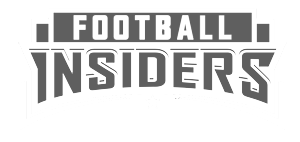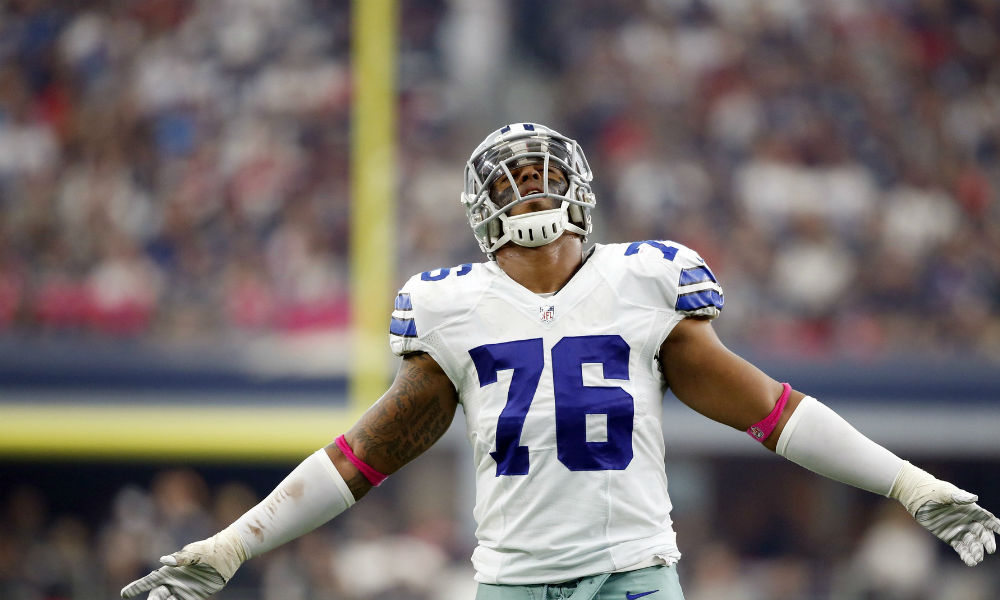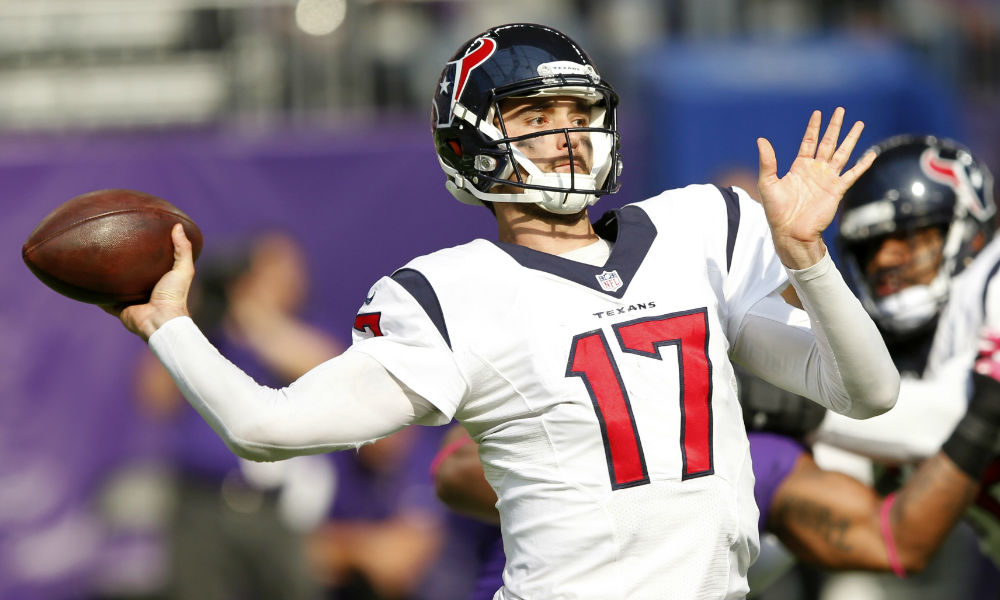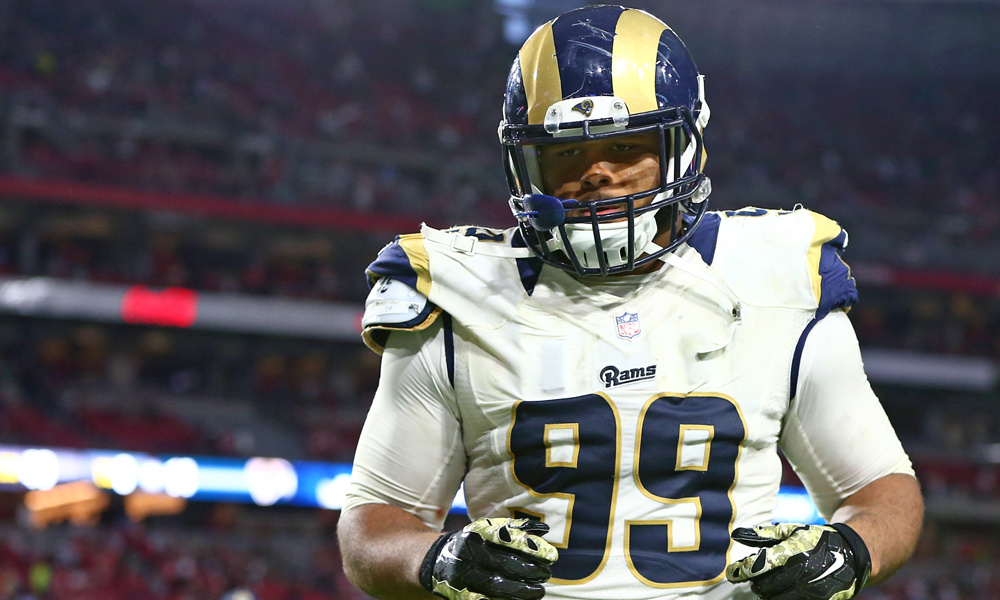News
Bears catching on, but not in red zone
The Sports Xchange
LAKE FOREST, Ill. — The return of wide receiver Alshon Jeffery opened an entirely new dimension to the Chicago Bears offense.
One aspect of their game that was not helped, however, was the red-zone attack, which continued to sputter in Sunday’s 37-34 overtime loss to the Detroit Lions.
“The sky is the limit,” Jeffery said. “We just have to get healthy and just capitalize on it more when we get in the red zone. That’s about it.”
Quarterback Jay Cutler had all his active receivers back for the first time since the season opener and going forward after their bye this week expect to be able to take the offense in a different direction. He found Jeffery eight times for 147 yards and it helped Cutler average 8.4 yards per pass attempt.
The Bears had been operating a nickel-and-dime offense averaging 6.0 yards an attempt on the year.
“Anytime you get starters back in your lineup, I think it’s helpful,” head coach John Fox said. “I think both Eddie Royal and Alshon Jeffery did spark our offensive team and it will be good to get them back in there consistently.”
Royal had missed practice time and two games with an ankle injury. With Jeffery missing all but the first game due to a hamstring injury, the Bears were 24th in the red zone on offense. His return provided a bigger, more athletic target for Cutler, but they still converted just three of eight red-zone trips into touchdowns against Detroit.
“I can only speak for the offense and myself: We’ve got to do better in the red zone, we’ve got to do better down there,” Cutler said. “We’ve got to be more efficient, got to get touchdowns instead of three. I’ve got to play better down there.”
One trip there Sunday was an interception Cutler threw and the three points they could have had with an incompletion might have made the difference in being 3-3 or 2-4. Jeffery accepted the blame, although the pass appeared short of the mark.
“It had nothing to do with his throw,” Jeffery said. “I just couldn’t see it, it was in the lights.”
Fox called the red-zone problems a difficult fix.
“I think it’s a hard part of the field,” he said. “It’s harder to run because the field is short. It’s harder to pass because the field is short. I think it’s an area that we wished we could have executed better.”
In assessing the team’s overall struggles in the red zone prior to the bye week, Fox cited injuries as part of it.
“I think there’s some reasons,” he said. “Some of it is availability. And you know, I think it’s an area we’ll look at and work to improve on.”
With Jeffery back on a regular basis, it should open up more options.
Left tackle Jermon Bushrod missed a second straight game due to a shoulder/back injury and his return to health should allow for better blocking near the goal line.
Charles Leno Jr., who replaced Bushrod for two games, normally was been an extra blocker on the line in short yardage and goal line. Rookie Tayo Fabuluje or Patrick Omameh, with the team only about a month, had to take on the extra blocker duty, making for a less experienced blocking scheme overall.
So the bye week comes at an opportune moment for a team that has to find some answers near the goal line.
“It comes at a time where I think we can use the rest to get some guys healed up,” Fox said. “We’ll self-scout some things.”
REPORT CARD VS. LIONS
–PASSING OFFENSE: C-plus. QB Jay Cutler threw for a season-high 353 yards, but his interception in the end zone and just one Bears touchdown and three field goals on five first-half red-zone trips said nothing for the passing game. They struggled in the red zone against the 29th-ranked red-zone defense. TE Martellus Bennett and WR Marquess Wilson both had key drops and Alshon Jeffery was either at fault for the interception Cutler threw in the end zone, or at the very least did nothing to disrupt it. Cutler produced at clutch time, as did Jeffery, to get the game to overtime.
–RUSHING OFFENSE: D-minus. The league’s 27th-ranked run defense held Matt Forte to 69 rushing yards and limited the Bears to 2.9 yards per carry. Detroit used a lot of eight-man fronts with single safety high. Guards failed to get to the Lions’ linebacker corps and they repeatedly got up the field and shut off the running lanes at the line of scrimmage or just behind it. Blocking by receivers and tight ends in the running game on the perimeter either broke down completely or resulted in penalties for holding.
–PASSING DEFENSE: F. For three quarters, Matt Stafford had virtually no one in his face until Pernell McPhee began asserting himself. For the first time, the inexperienced Bears secondary was exposed. The 57-yard pass to Calvin Johnson beat safety Harold Jones-Quartey after the pass rush let Stafford roll right. Cornerback Kyle Fuller regressed in coverage, and the worst pass coverage came from linebackers and safeties in regulation when Theo Riddick turned a simple dump-off pass into a 34-yard gain to ignite the Lions’ go-ahead drive. They gave up a 117.7 passer rating and 405 yards to Matthew Stafford, who came in with a 74.8 rating.
–RUN DEFENSE: D-minus. Apparently Shea McClellin must have been the modern day Mike Singletary because without him due to a knee injury the Bears’ run defense became invisible. The league’s worst rushing team piled up 155 yards on 32 carries. Losing Ego Ferguson for the season due to a knee injury may have hurt in terms of the depth, and he had been a huge factor against the run.
–SPECIAL TEAMS: C. Two turnovers caused by special teams and Marc Mariani’s 25-yard average on kick returns and 6.8-yard average on punt returns were all improvements by special teams groups that have underachieved. However, the critical fourth-quarter fake punt for a 30-yard rush that led to three critical Lions points was inexcusable. It came at a time in the game when a fake was not only predictable, but essential.
–COACHING: F. The Bears’ coaching staff had an even worse game than Walt Coleman and his officiating crew — and that’s bad. An inability to stop a team with rushing problems made it obvious too much attention was paid during the week of practice to stopping the pass. In the end, because they never stopped the run, the Bears also didn’t stop the pass. The 546 yards allowed were the most by the Bears since Dec. 26, 1982. Offensively, coordinator Adam Gase and head coach John Fox made a colossal mistake by not throwing the ball on one of three downs prior to the two-minute warning when Detroit was burning timeouts. A first down there would have given the Bears a 31-24 win. Stopping the clock with an incompletion would have meant little because with either 2:40 left and no timeouts or 3:20 left and one timeout, the Lions were still going to have plenty of time to drive the 64 yards they needed for the go-ahead TD. Time mismanagement then carried into the final minute when Fox could have given himself more time to drive for a winning TD instead of a field goal if he had used timeouts prior to Detroit’s go-ahead TD. To cap it all off, the Bears even mismanaged a gift 10 seconds when Stafford got called for intentional grounding. The penalty came with a 10-second runoff of the clock but the Bears could have declined it and saved 10 seconds for their offense, which might have helped them score their own game-winning TD instead of kicking the tying field goal. Detroit was 27th against the pass but the Bears’ passing game seemed afraid to challenge downfield much of the game and relied on zero routes, short crossing patterns or bubble screens too much. When they did go downfield at the end of regulation they quickly got into field-goal range, but then they went into a shell again in overtime.
News
Buccaneers admit mistake, boot Aguayo
Source: Mike Florio of ProFootballTalk
Powered by WPeMatico
News
Did Bucs put too much pressure on Aguayo?
Source: Mike Florio of ProFootballTalk
Powered by WPeMatico
News
Broncos holding their breath on Derek Wolfe
Source: Mike Florio of ProFootballTalk
Powered by WPeMatico




